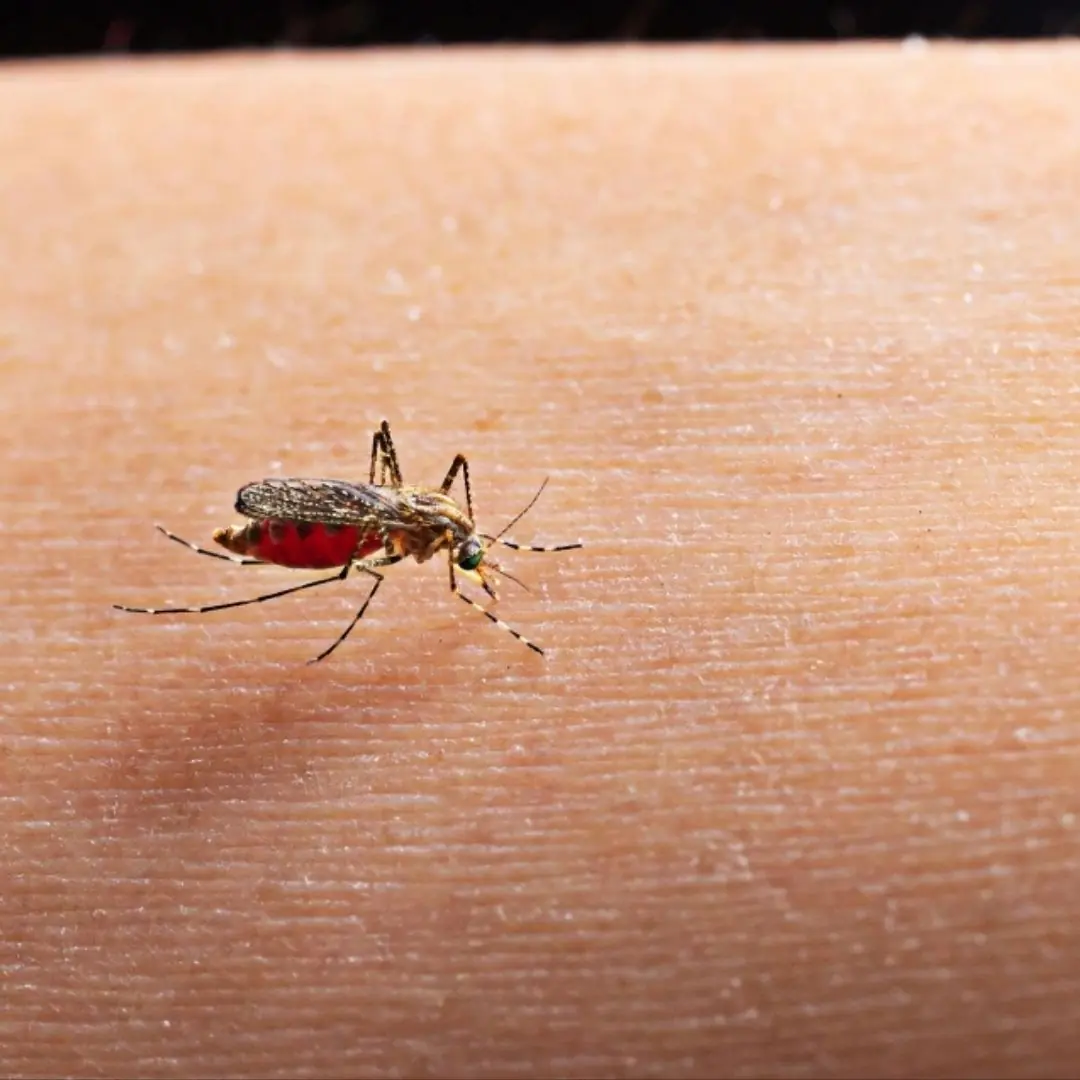
The truth is slowly coming out
The Palisades Fire, the largest wildfire to hit Los Angeles this week, may have been sparked by a New Year's Eve fireworks fire.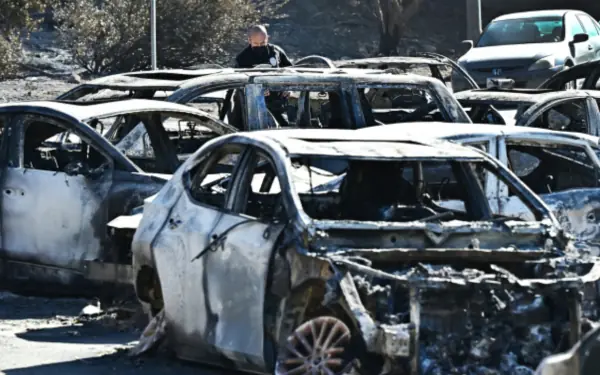
About 30 minutes after a wildfire alarm was sounded in the Palisades area northwest of Los Angeles on the morning of January 7, the city's fire department's radio system received information from the scene: "Fire broke out in an area very close to the New Year's Eve fire. It looks like this fire will spread very quickly."
Not long after, a firefighter called the operator to urge emergency reinforcements, warning that the fire was spreading very quickly to the neighboring urban area because of the many dry trees and bushes.
Within a week, the Palisades became the largest wildfire in the "fire triangle" surrounding the city of Los Angeles, in southern California. As of January 13, nearly 9,600 hectares (22,000 acres) had burned, with thousands of homes and forested land burned, while firefighters had contained only about 11 percent of the blaze, according to Reuters.
Los Angeles officials are investigating the cause of the Palisades wildfire. However, satellite imagery and accounts from residents in the area show that the fire broke out on January 7 on the same hillside where another fire was caused by people setting off fireworks to celebrate the New Year.
Margaret Stewart, a spokeswoman for the Los Angeles Fire Department, said local firefighters received a report of a fire in the woods northeast of the Palisades metropolitan area shortly after New Year's Eve.
A local resident told an investigator with the Bureau of Alcohol, Tobacco, Firearms and Explosives (ATF) that his family heard fireworks on the hill around 12:20 a.m. on January 1 and saw the fire erupt.
"A lot of people went into the woods to party at night, ignoring the warnings. They should have known better," the witness said.
The fire spread to about 1.2 - 3.2 hectares before being controlled by firefighters. At that time, the wind was not too strong and fire helicopters were quickly dispatched to the scene to spray water.
It took four firefighting teams about four hours to control the fire caused by fireworks. By 4:46 a.m. on January 1, the Los Angeles Fire Department concluded that the fire had been extinguished and would deploy forces to clean up the aftermath to "ensure the fire does not flare up again".
About six days later, when the dry Santa Ana winds returned, people discovered a column of smoke rising from the same Temescal hillside, in the Santa Monica Mountains, where the previous forest fire had occurred.
Satellite imagery taken at 10:45 a.m. on Jan. 7, about 20 minutes after videos of the Palisades fire went viral, shows a plume of smoke rising from the same area that burned on New Year's Eve and heading south.
Darrin Hurrwitz, a Los Angeles resident, said he smelled smoke while hiking around 9 a.m. at Skull Rock, at the base of the hill that burned early on Jan. 1, but he could no longer smell it when he reached the end of the trail.
Neighbors believe the embers from the New Year's Eve fire were not completely extinguished and flared up in the dry, low-humidity Santa Ana winds.
Don Griffin, who lives near Temescal Hill, captured images of the fire early on Jan. 1 northeast of the Palisades and on Jan. 7 captured images of the fire rekindling on the same hillside. The two photos show that the two fires appeared to have started very close together, according to experts.
“There’s no doubt that under these conditions, especially in dry weather, fires tend to smolder deep in the burned area. They’re unlikely to be completely extinguished, even with a soggy surface,” said Terry Taylor, a former fire investigator in California.
Alan Carlson, a former deputy fire chief for Northern California who has 50 years of experience investigating wildfires, said fires as small as 3 hectares (7 acres) in size are at high risk of rekindling. Strong winds earlier this week may have blown smoldering embers beyond the initial containment zone of firefighters.
"Looking at the two photos, I agree with the conclusion that these two fires are in the same area. It's hard to say for sure when I can't see what's happening on the other side of the hill, but the wind direction is consistent with the hypothesis that the first fire has rekindled," Carlson commented.
Some of the most serious wildfires in the history of the US West Coast also started from smoldering ash that was not detected and extinguished in time. Typically, the Oakland fire in 1991 killed 25 people, or more recently, the catastrophic wildfire on the island of Maui, Hawaii in 2023, devastated the town of Lahaina and killed at least 102 people.
In the summer of 2024, the California government also launched a propaganda campaign on social media, warning people that dry weather and low humidity could cause extinguished fires to rekindle. Fires can smolder in tree trunks or deep roots underground, even though the surface is no longer burning.
News in the same category

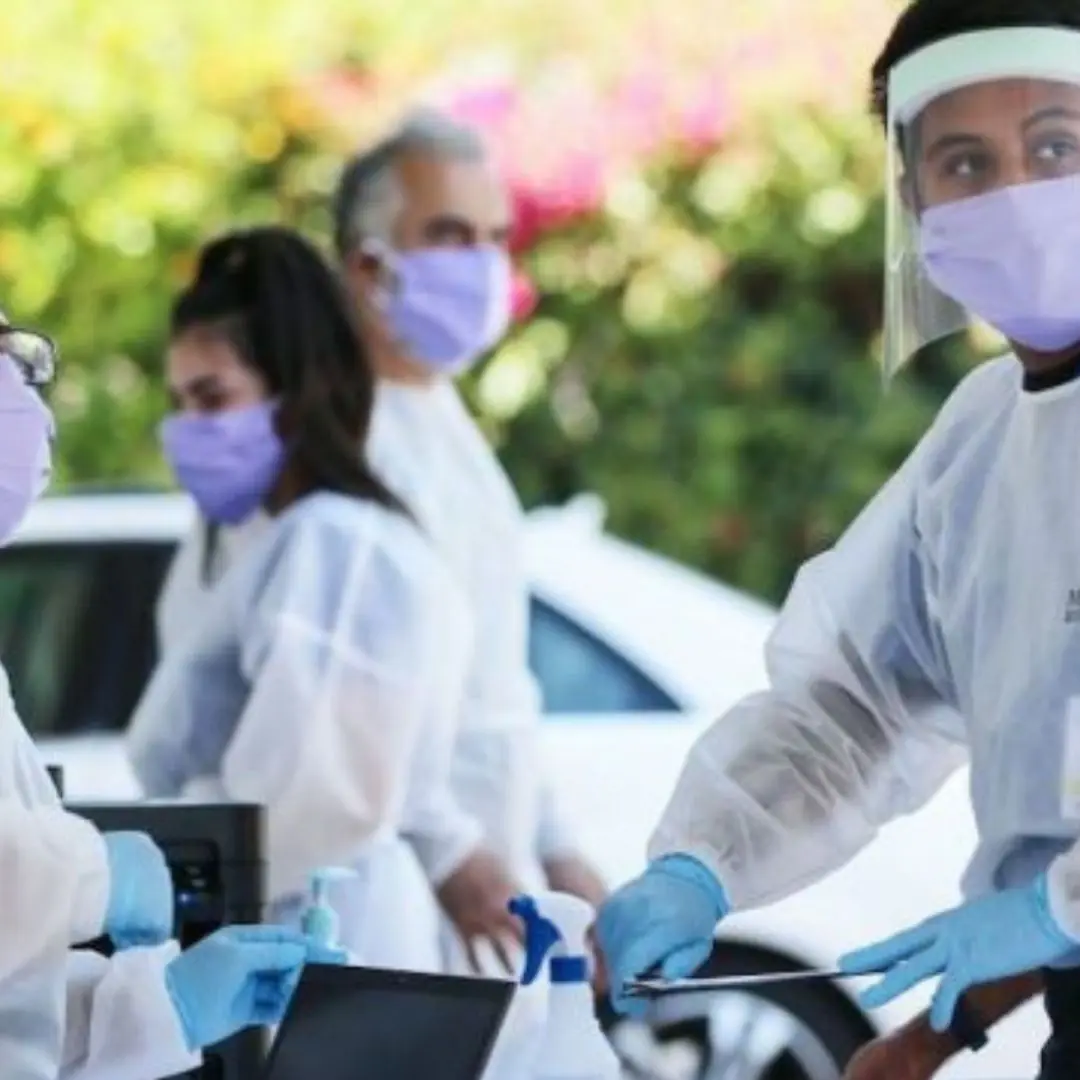
What COVID-19 variants are going around in April 2025?

Pope Francis has d.i.e.d on Easter Monday aged 88

Kristen Stewart and Dylan Meyer Are Married!

‘Depende’: David Licauco on the possibility of courting Barbie Forteza

Limo from ‘Putin’s car fleet’ is bl.o.w.n up in huge blast as troops from par.an.oid ty.r.ant’s honour guard searched for b.om.bs
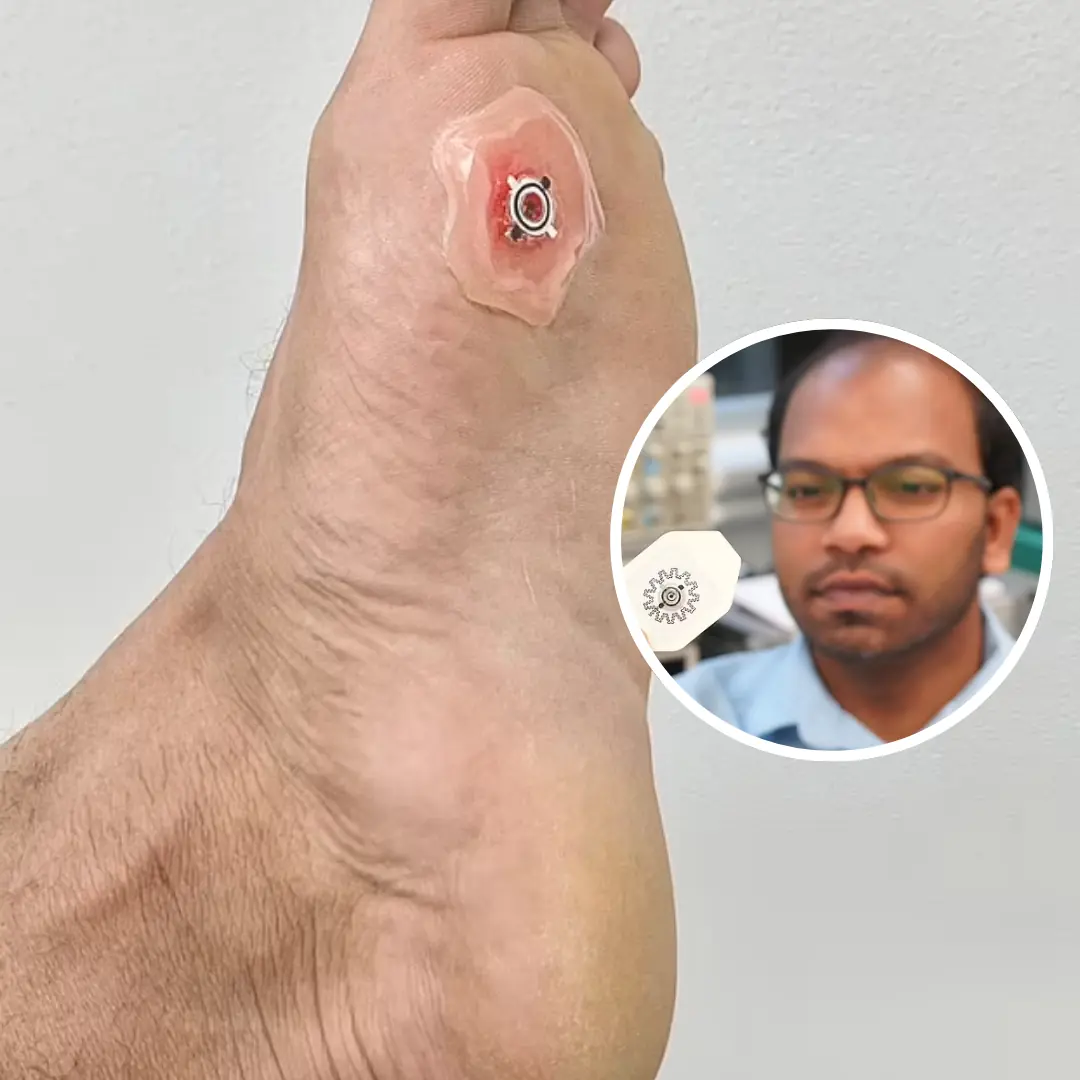
The band-aid of the future: Smart bandage heals injuries 30% faster than standard dressings by producing an electric field around the wound
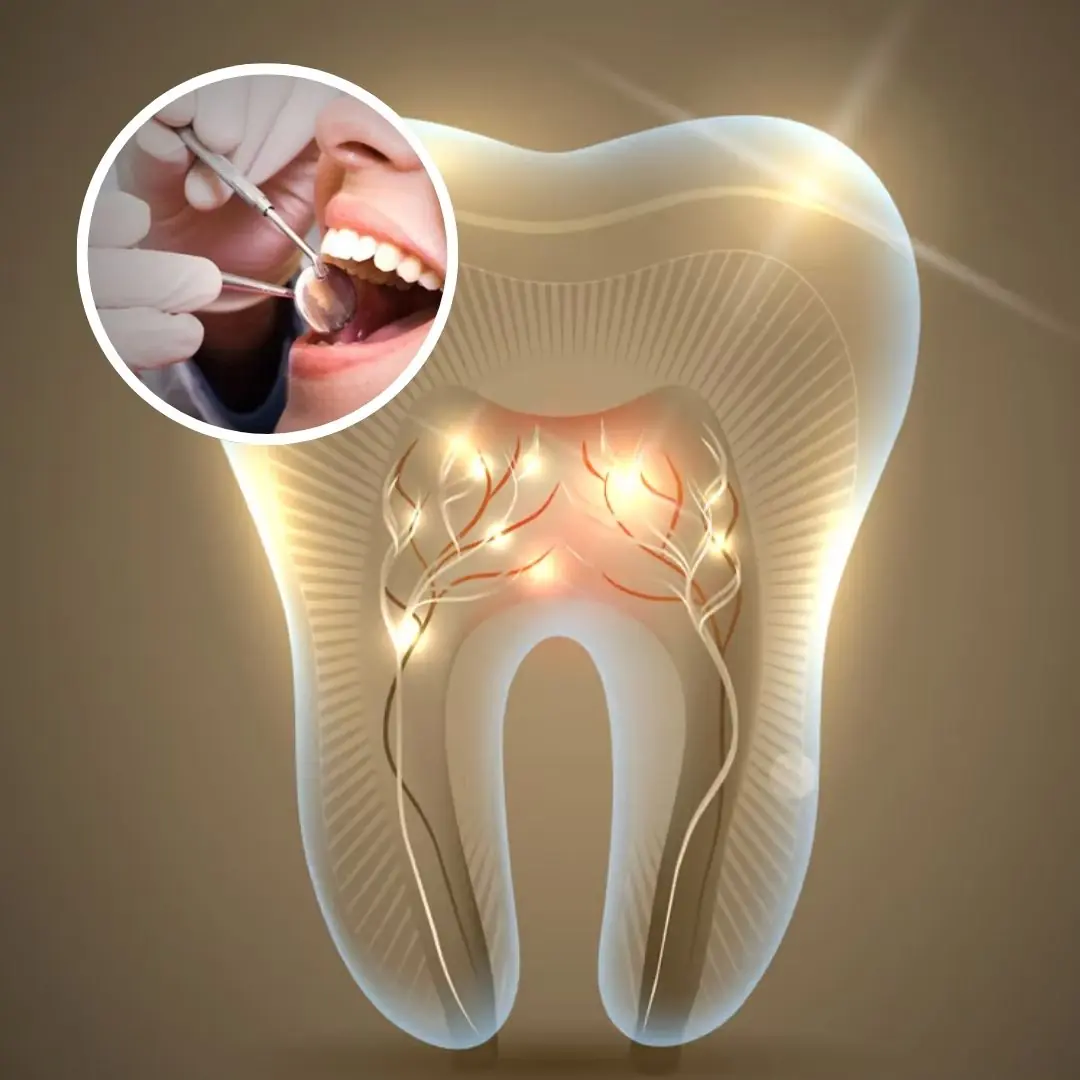
Humans have a third set of teeth: Scientists discover medicine to grow them

NASA astronauts officially touch down on Earth for first time in 9 months after 8-day mission went wrong

Elon Musk's rocket can't take off, two scientists continue to be stuck in space
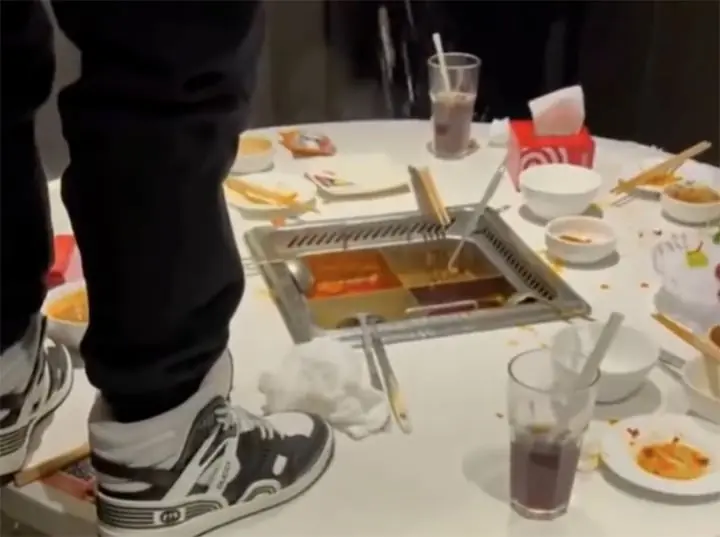
Haidilao Investigates Over 1,400 Restaurants After Customer Urinates in Hotpot
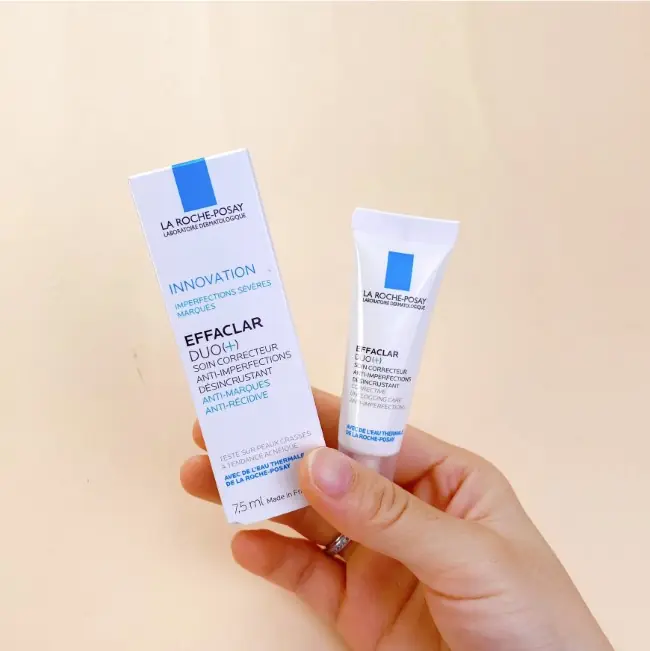
L'Oreal recalls La Roche-Posay products suspected of containing cancer-causing chemicals
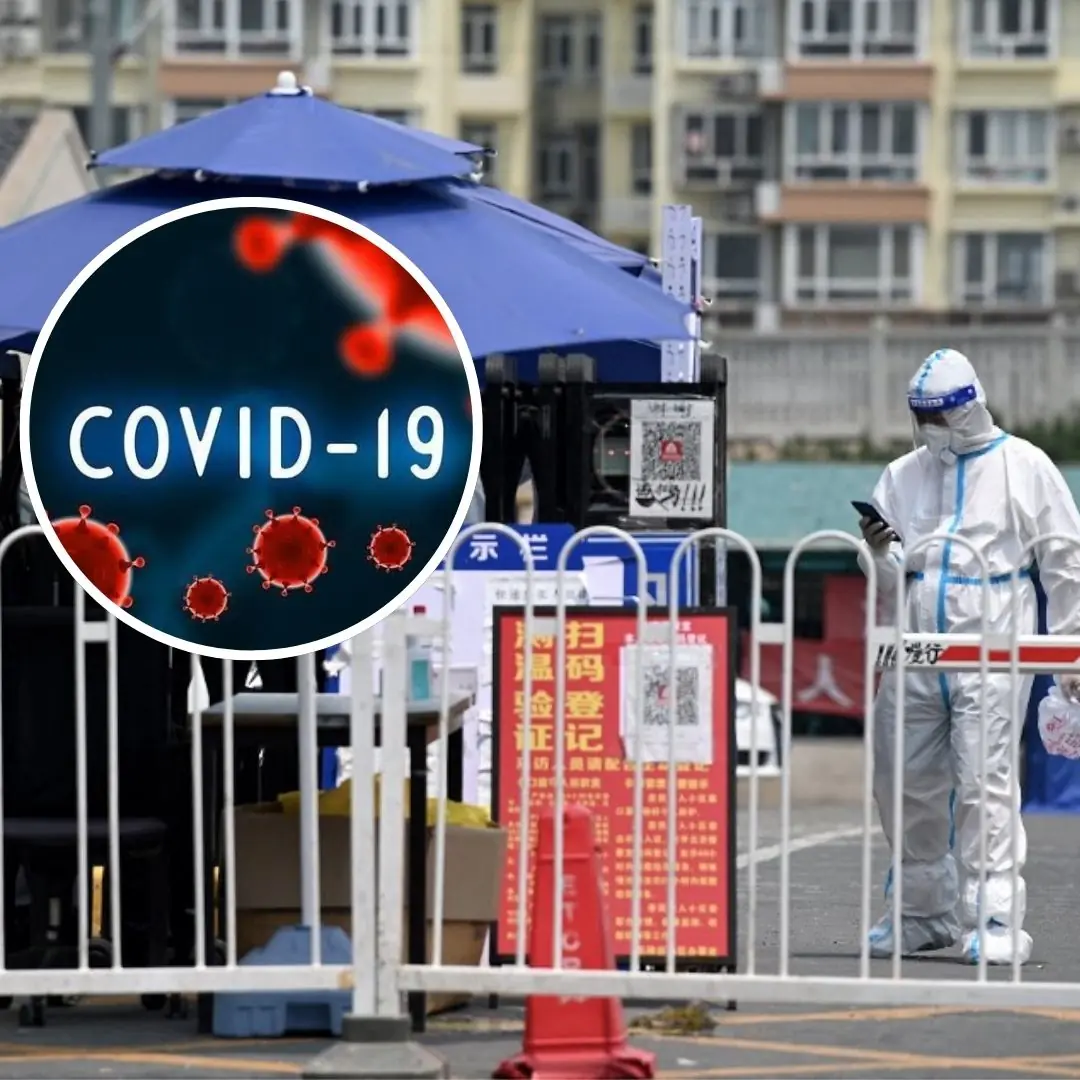
German intelligence releases evidence on origin of COVID-19

Wife Suddenly Wants Separation After 12 Years of Marriage—Husband Hires a Private Investigator and Uncovers a Bitter Truth

Former Philippine President Rodrigo Duterte Arr.ested

South Korean singer Choi Wheesung d.i.e.s at age 43, found d.e.a.d at his home in Seoul

Kim Soo Hyun Faces Allegations of ‘Cold Treatment’ Toward Kim Sae Ron

Business Class Breakfast Shocks Passengers with an Unbelievable Serving—Made Worse by Chopsticks

A woman was shocked when she opened a crab
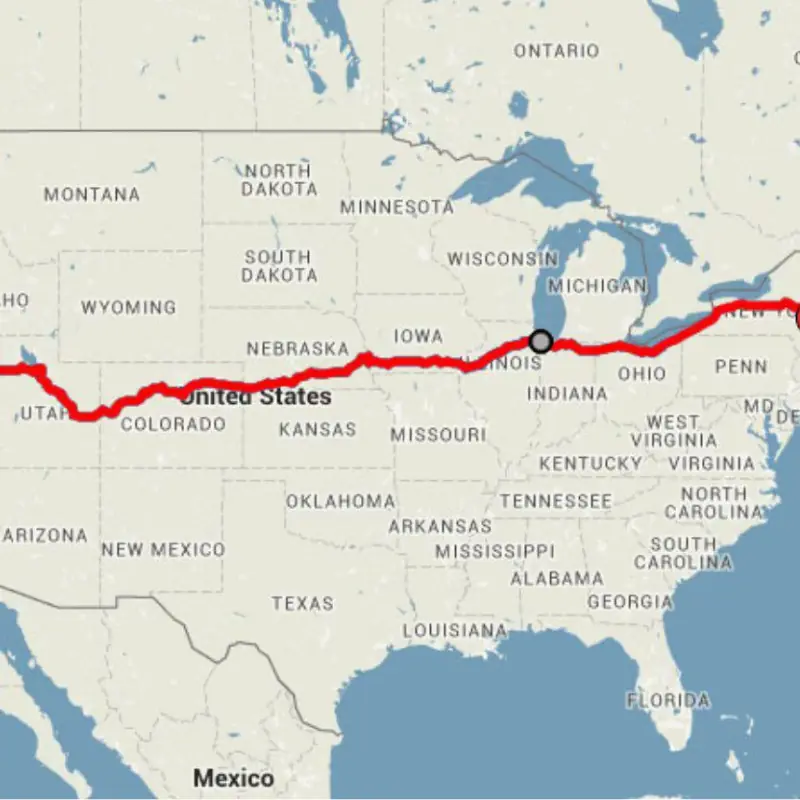
Across the USA by Train for Just $213: A Dream Journey at an Unbeatable Price
News Post

Why do flight attendants like to bring a banana on the plane?
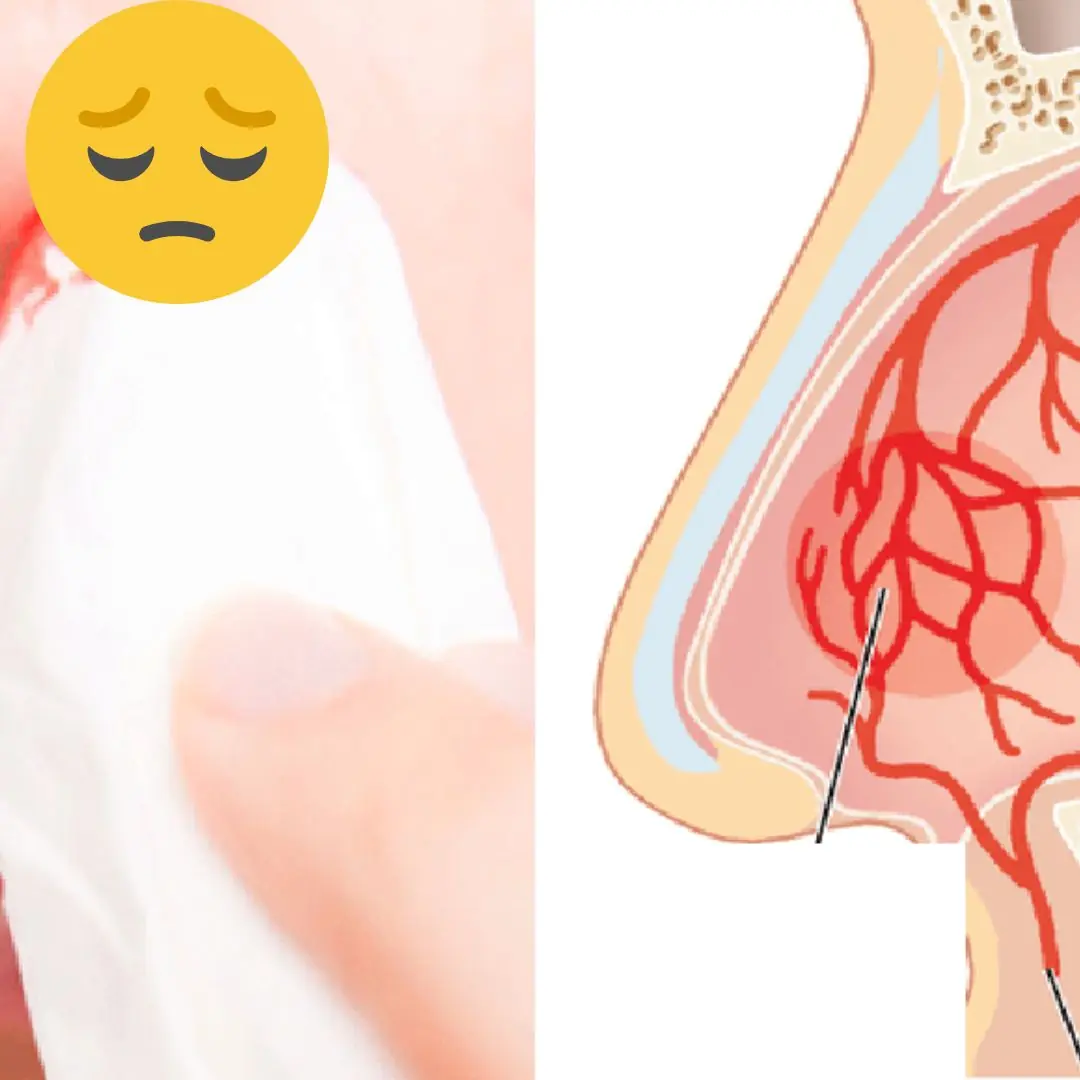
What are the symptoms of no.seble.eds and when should you see a doctor?

Here's What Eating Blueberries Every Day Does to Your Body, Says a Registered Dietitian

No matter how delicious they are, don't eat these 5 parts of the pig or you'll get si.ck

5 common foods that ha.rm your li.ver

Tips to fix food that is too spicy when cooking

Adding only water when cooking rice is a big mistake. I will share with you the secret that hotels use

Cardinal Robert Francis Prevost elected as 267th pope, takes name Leo XIV

Take These 5 Items Out of Your Fridge Now One Day They Could Actually "Explode"

This type of leaf contains calcium

Is it right to close the door tightly when using the air conditioner

How to chase away a bunch of rats with just a handful of rice, without using toxic baits
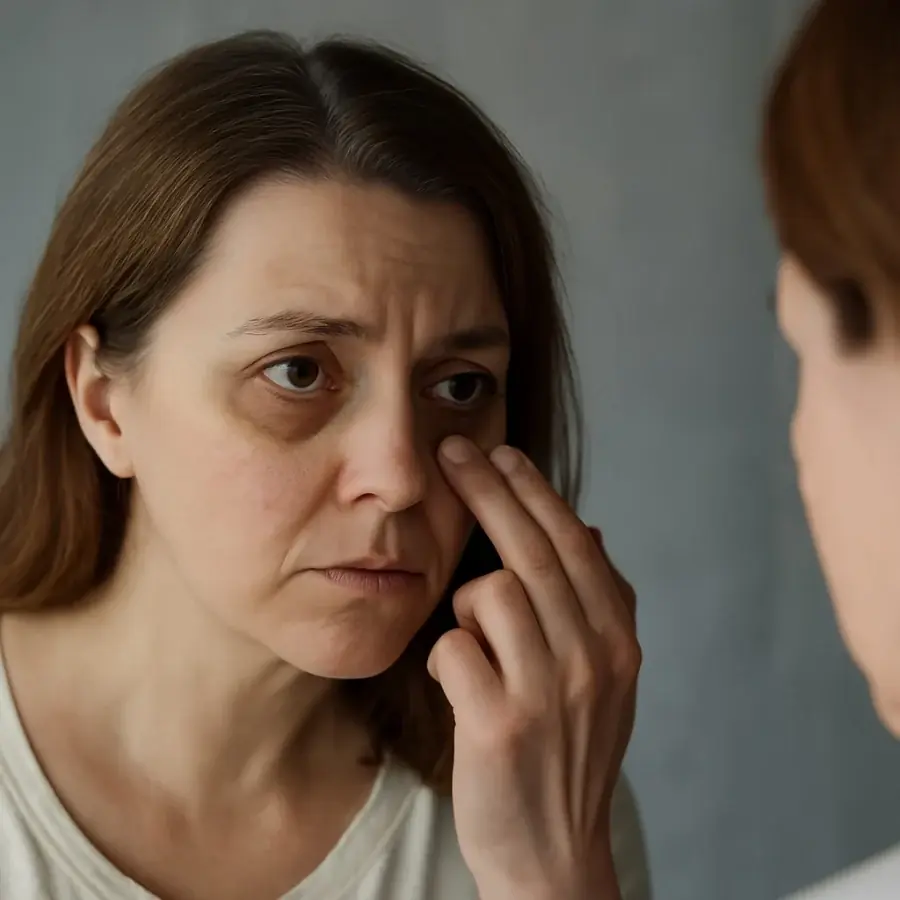
5 Eye Symptoms That May Signal Your Li.ver Is Crying for Help – Women, Don’t Ignore These if You Want to Stay Healthy Every Day

Tips to keep your flowers fresh

Tips to make rice more delicious that not everyone knows
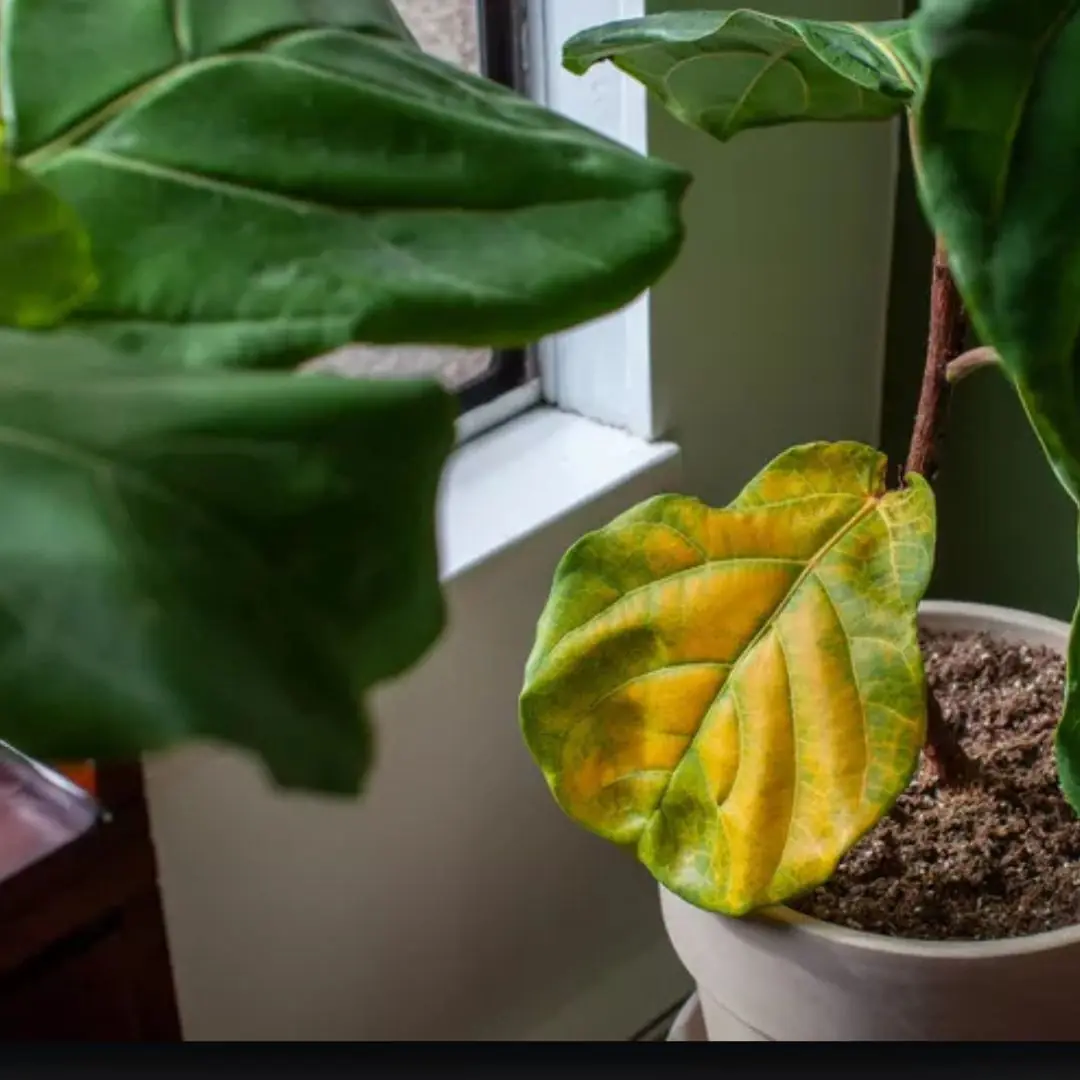
8 Plants You Should Never Grow Indoors—and What You Should Plant Instead

How to pick a sweet and juicy cantaloupe melon

Before the divorce, my husband cooked my favorite fish dish, I was not moved but burst into tears because of 3 bitter truths

How to remove a tight ring on your hand easily without lube
